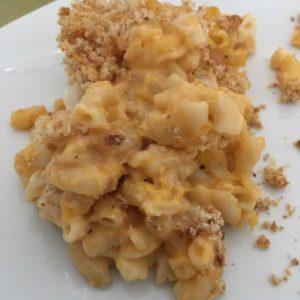Aiden turned TWO today. Whoa!! Happy Birthday to my little sweet heart.

I am not all about birthday parties for a lot of reasons, as I witness my parents and friends planning bigger and expensive parties, I am more sure than ever in my decision to keep birthdays simple. Birthday celebrations are meant to be fun. However, they often turn into expensive nightmares with wasted food and unnecessary gifts. They also come year after year, which means the waste continues for years to come!!
Last year, we did not throw a 1st birthday party for Aiden, as I know he’s not going to remember it. Also, I was lazy !! I am not going to lie, as a first-time mom, I almost surviving the first year as a stay-at-home-mom. And it’s not like we didn’t celebrate, on the day of his actual first birthday, mother-in-law cooked a bowl of noodles with an egg and a drumstick for his lunch. Later, hubby bought a small piece of birthday cake, we sang a birthday song, blew out the candle, and let him smash the cake. Then we went to our favourite sushi restaurant for supper. A few days later, we had another birthday celebration on family gathering, we ordered a special cake for Aiden.

This year, I was planning to bake a birthday cake for him, no birthday party, since he does not have any friends yet. When my colleague and I chatted about it, she suggested to take her granddaughters to come and celebrate the birthday of Aiden. Well, it is a super small party, just few adults and 3 small people.
A two-year old child can quickly become overwhelmed by having a lot of people around at once. My best is to keep the party short and simple. I quickly came out a menu and foods that I want to serve, went to dollar store to buy some birthday decorations.


Instead of serving a sit-down meal, make it easy on yourself by setting up a food table where adults can help themselves to grub as they wish.


As everyone know, the very best part of a birthday party is the cake. I always want to bake a cake for a significant other, now my dream comes true. This is the perfect recipe for a chocolate lover….also it is loaded with veggies!! Even my mum (she does not like sweet) loves it too!!
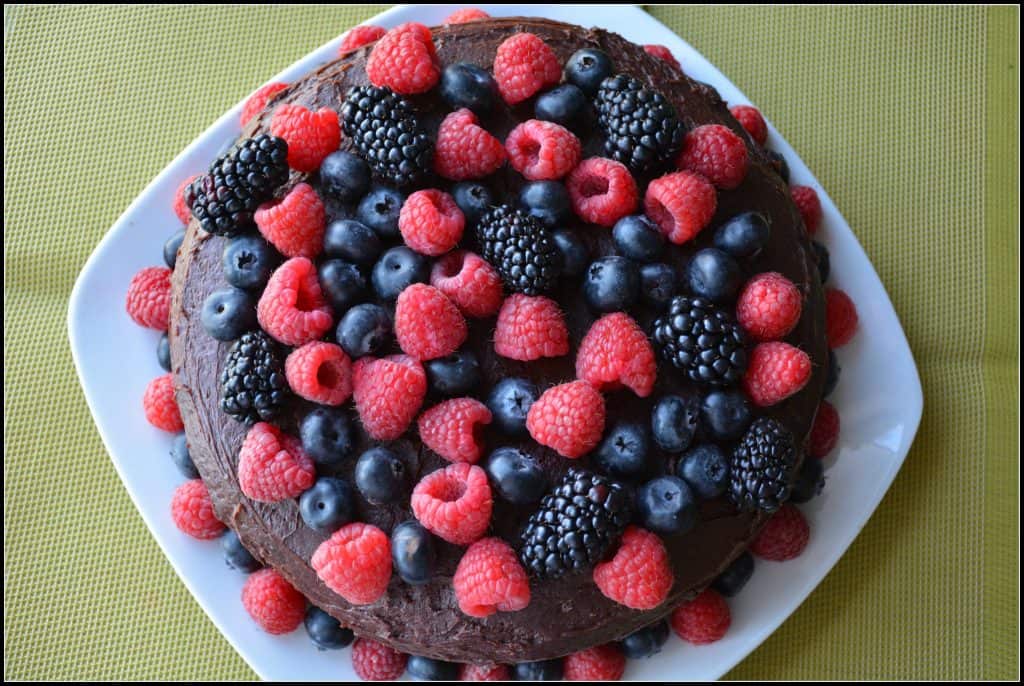
Enjoy!
Recipe adapted from Great Grub Delicious Treats
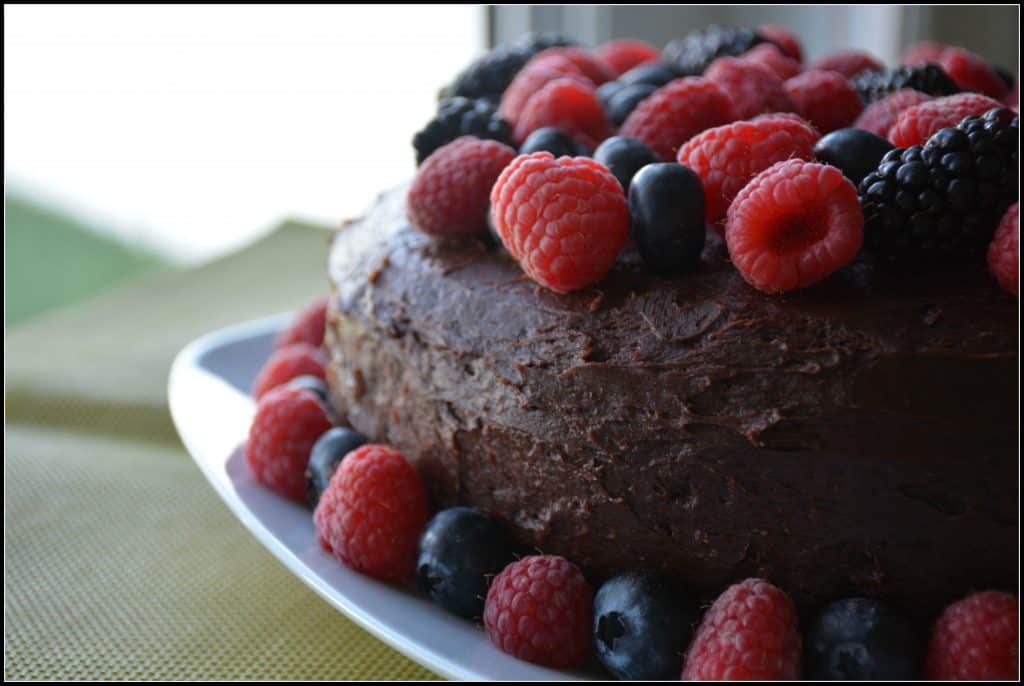
Special Note for My Dear Son:
Dear Aiden, no matter how much you have grown, for us, you are always going to remain our dearest and smartest baby boy. As you blow the candle in your cake, always remember that your love is like a candle that will forever burn in our hearts. Happy Birthday, my little boy. Love.


Chocolate Zucchini Cake
Ingredients
For the cake
- 2 cups white sugar
- 3/4 cup canola oil
- 3 eggs
- 2 tsp vanilla extract
- 2.5 cups cups all-purpose flour
- 1.5 tsp baking powder
- 1.5 tsp baking soda
- 1/2 cup cocoa
- 1 tsp cinnamon
- 1/2 tsp salt
- 1/2 cup milk
- 1 zucchini (grated)
For Chocolate Frosting
- 1 stick butter, melted
- 2/3 cup cocoa
- 1.5 cups cups powder sugar (icing sugar)
- 1/3 cup milk
- 1 tsp vanilla extract
Instructions
Chocolate Zucchini Cake
- Preheat oven to 325C.
- Grease a cake pan
- In a large mixing bowl, mix sugar, oil and eggs together until creamy
- Add vanilla, and mix until well combined.
- In a small mixing bowl, stir flour, baking powder, baking soda, cocoa, cinnamon and salt together with a small whisk just t blend everything together.
- Add flour mixture in with the sugar, eggs, oil and vanilla. Mix well.
- Slowly mix in the milk.
- After everything is well combined, stir in the zucchini.
- Pour into cake pan and bake for approximately 60 minutes.
- Cake will be done when toothpick inserted comes out clean.
Chocolate Frosting
- Frost cake once cake has cooled.
- In a medium size mixing bowl, add melted butter. Mix in cocoa.
- Next add in some powder sugar and then milk, then some powder sugar then milk. Repeat until all is well mixed. Mix on low speed.
- After frosting is well blended, add in vanilla extract.
Notes

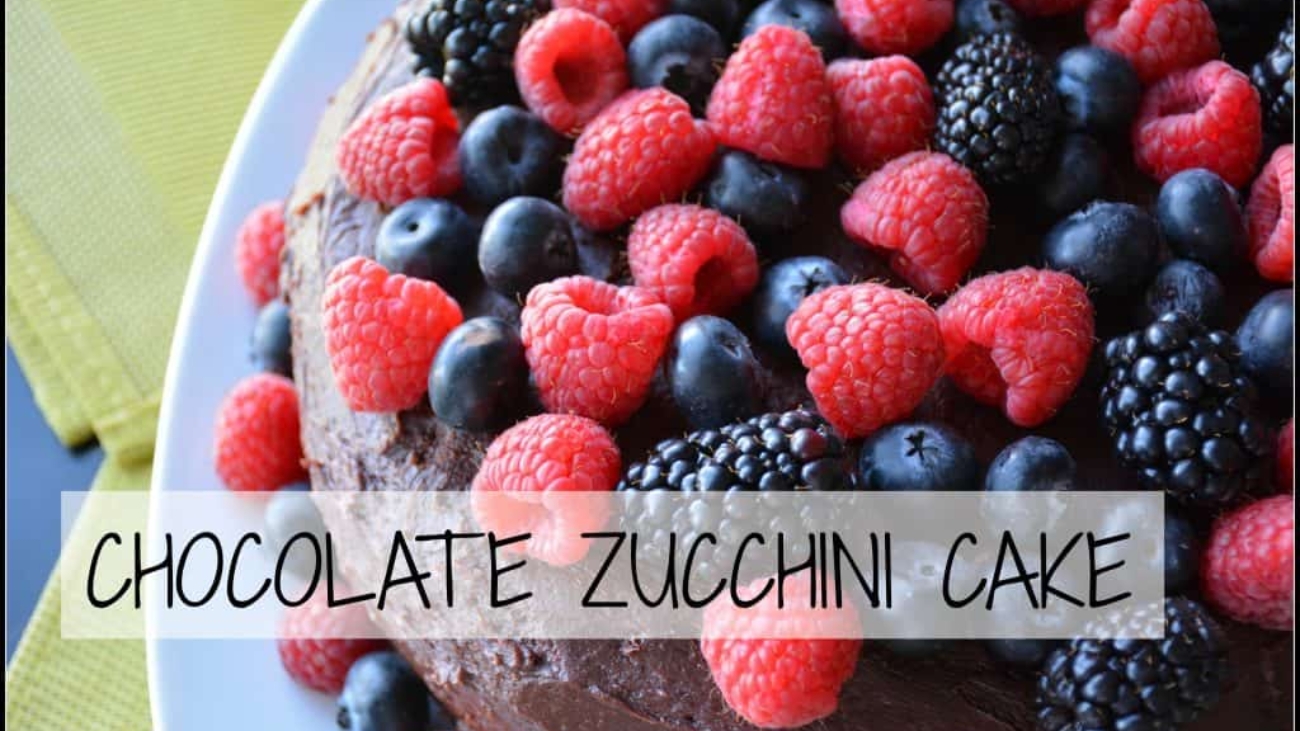

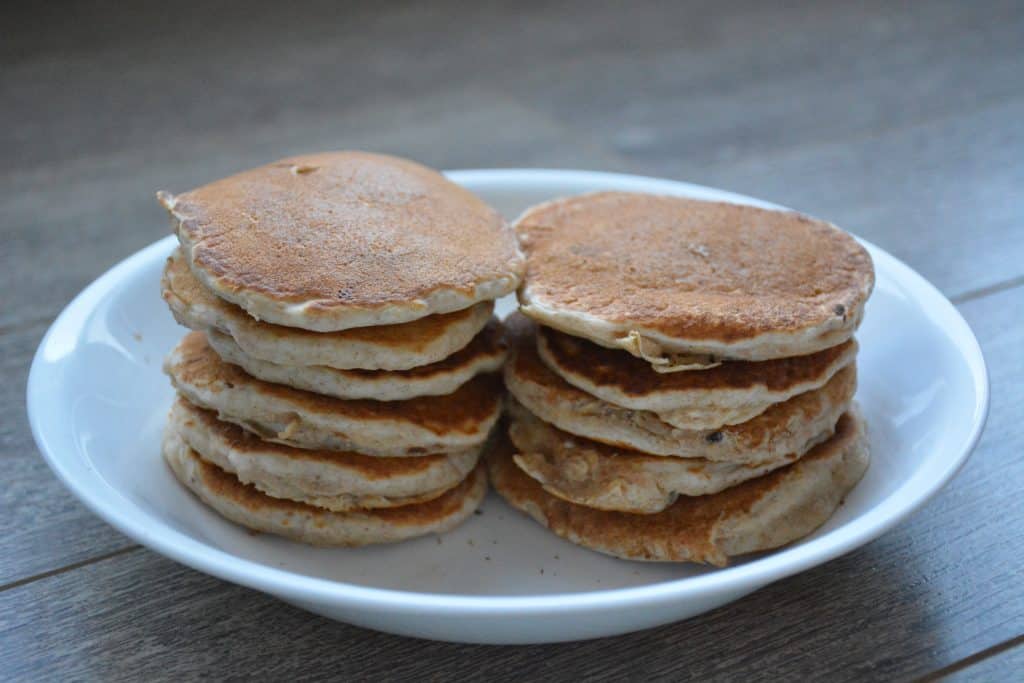
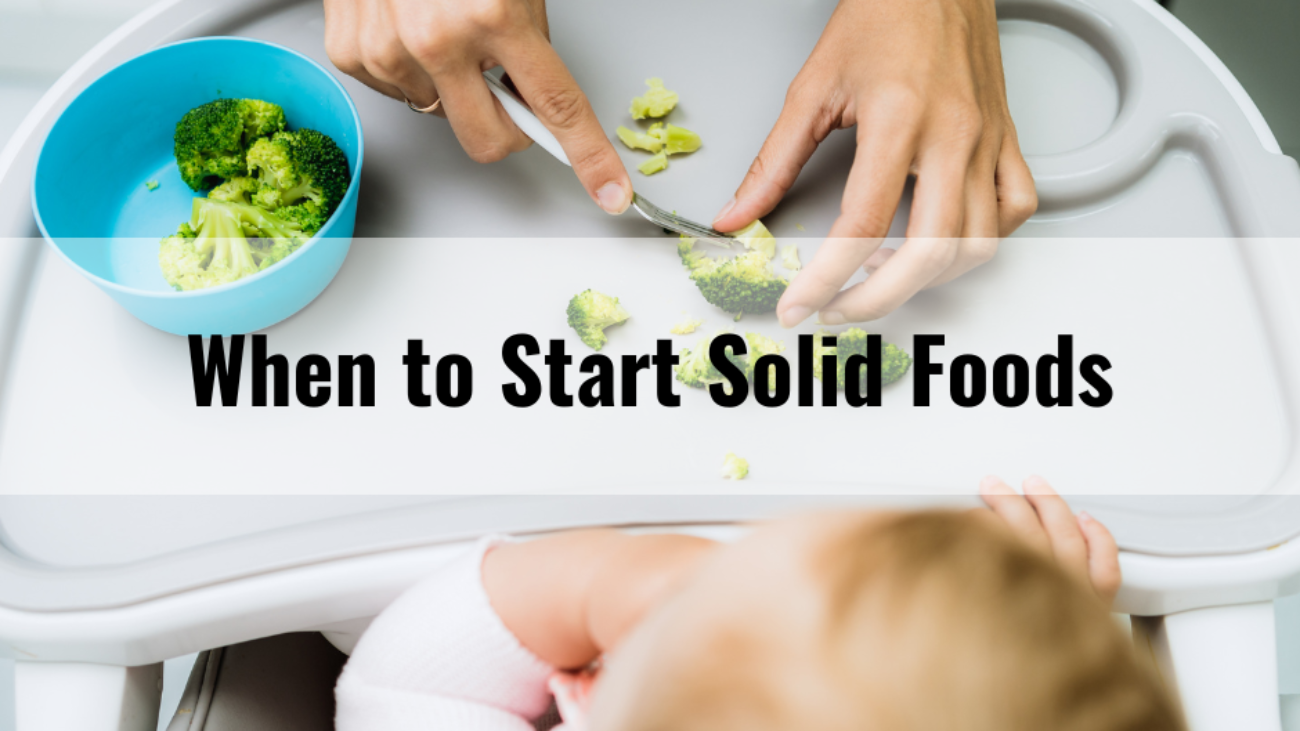





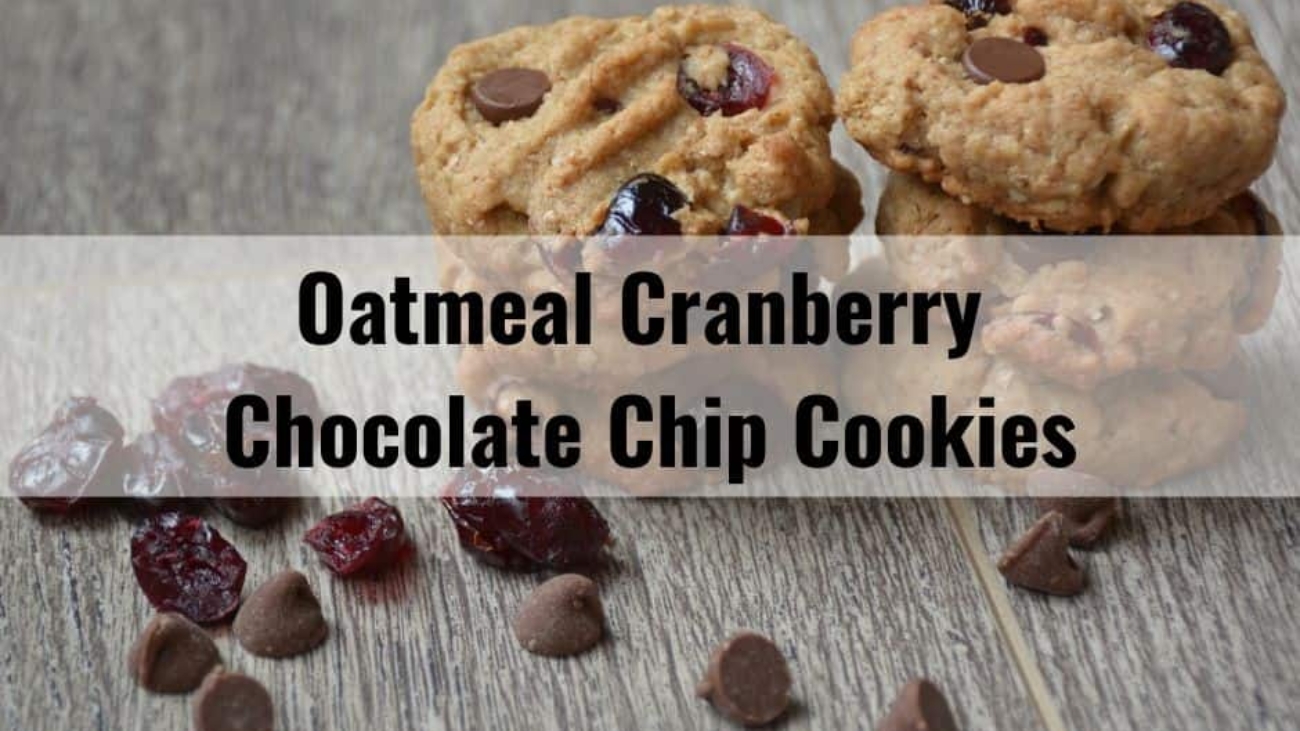
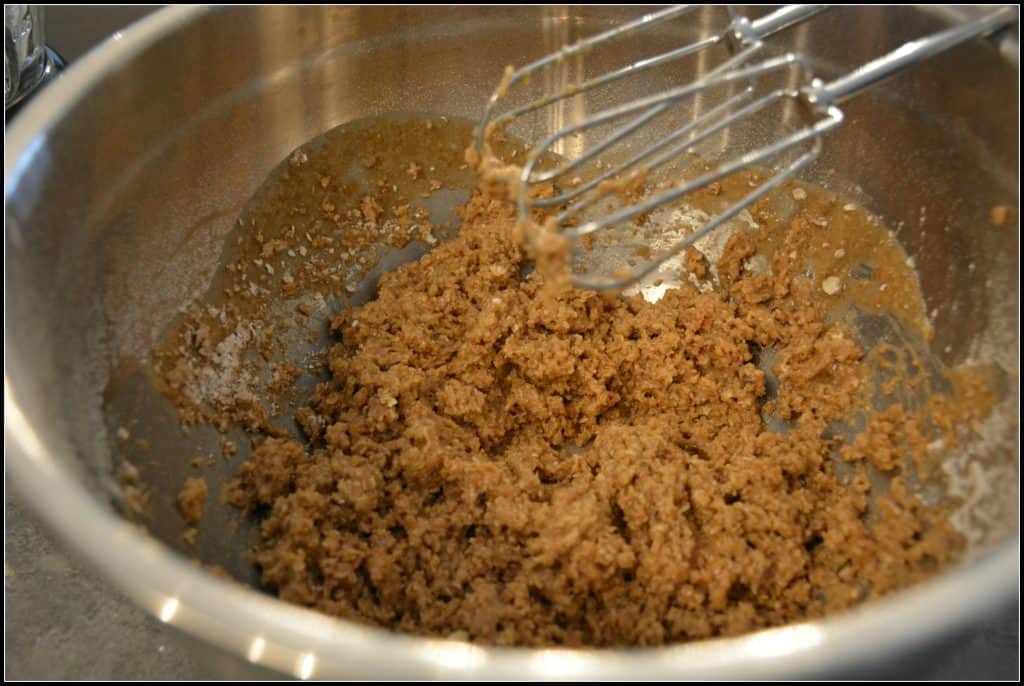
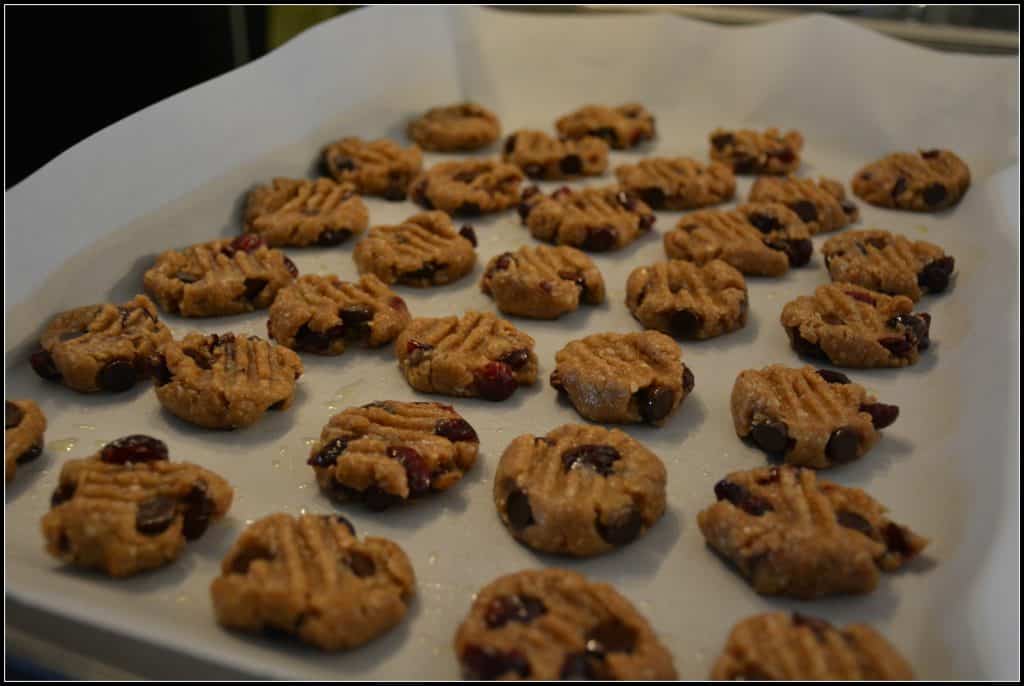
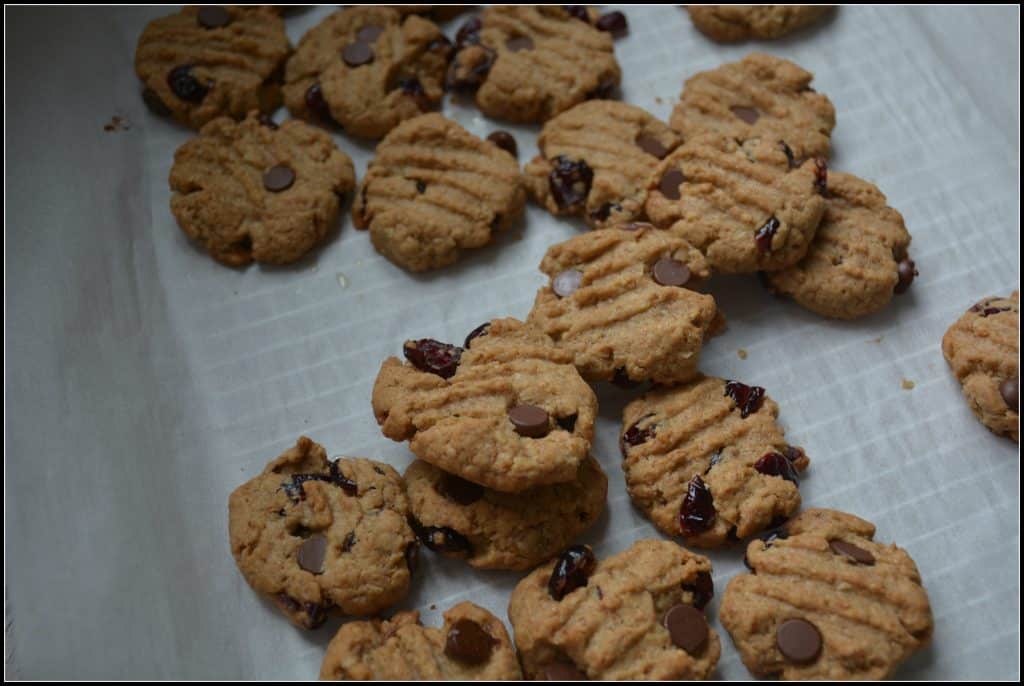
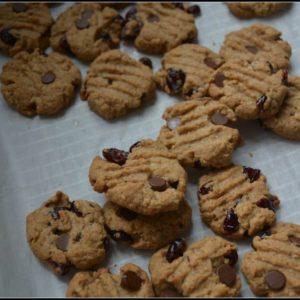


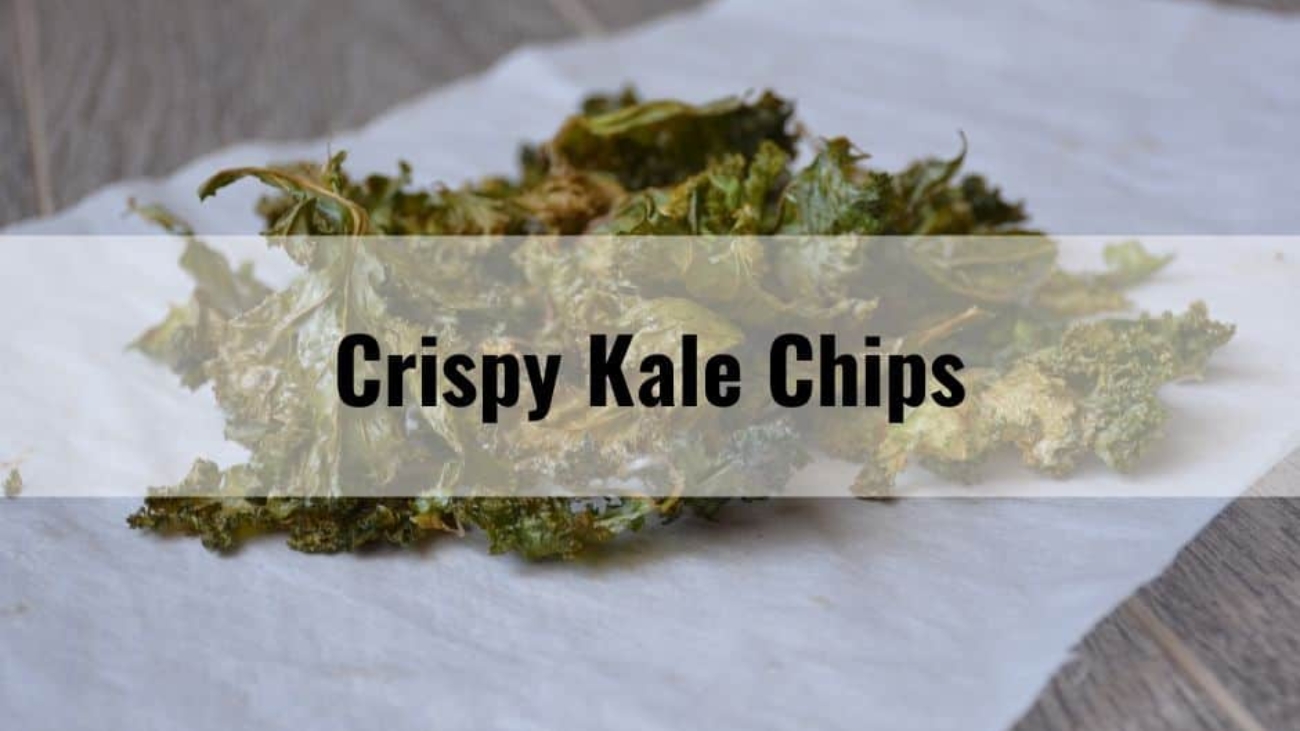
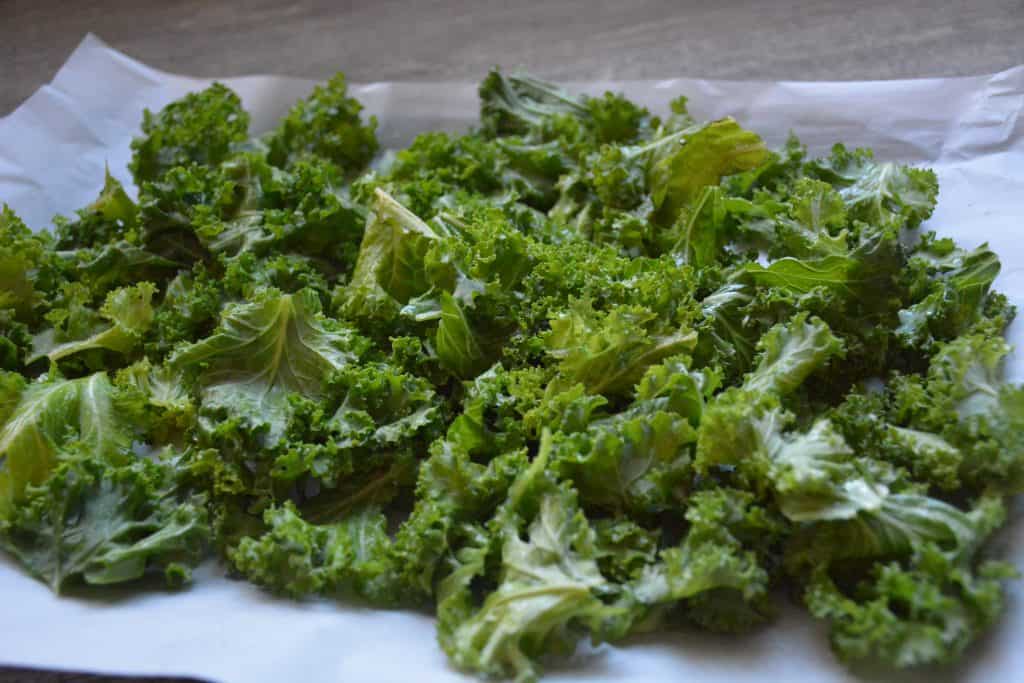
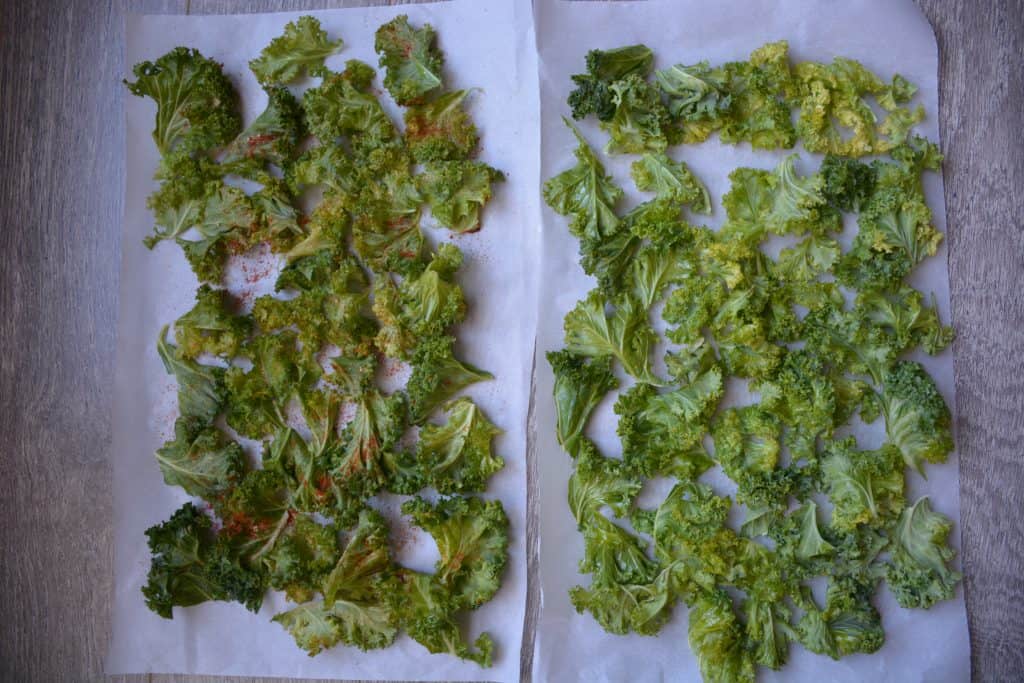
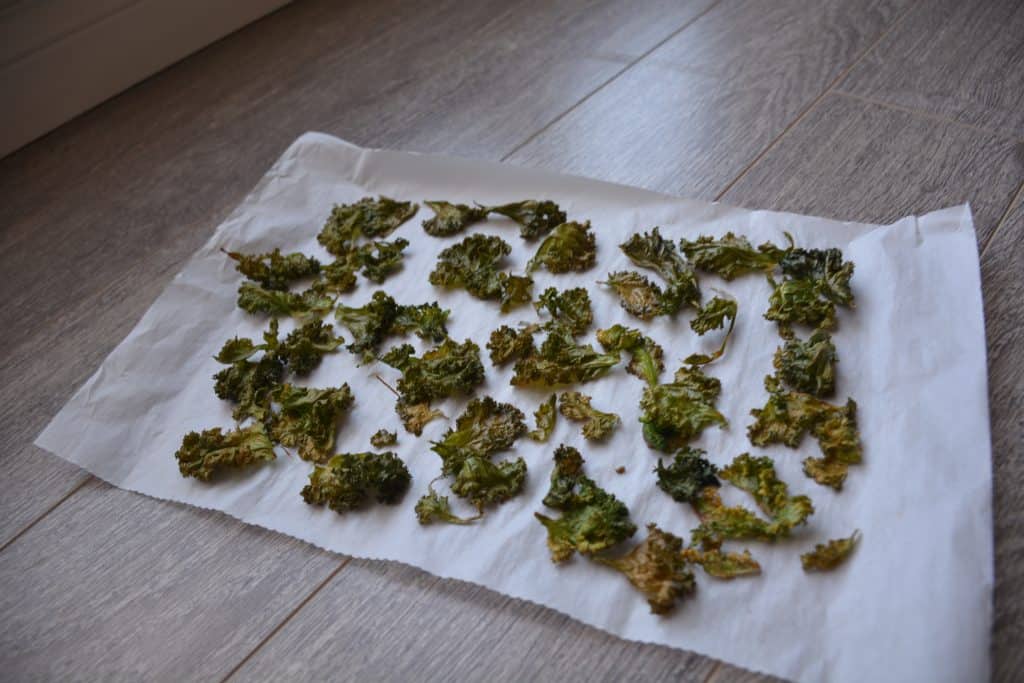
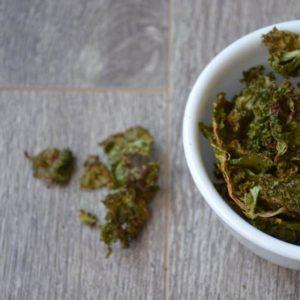
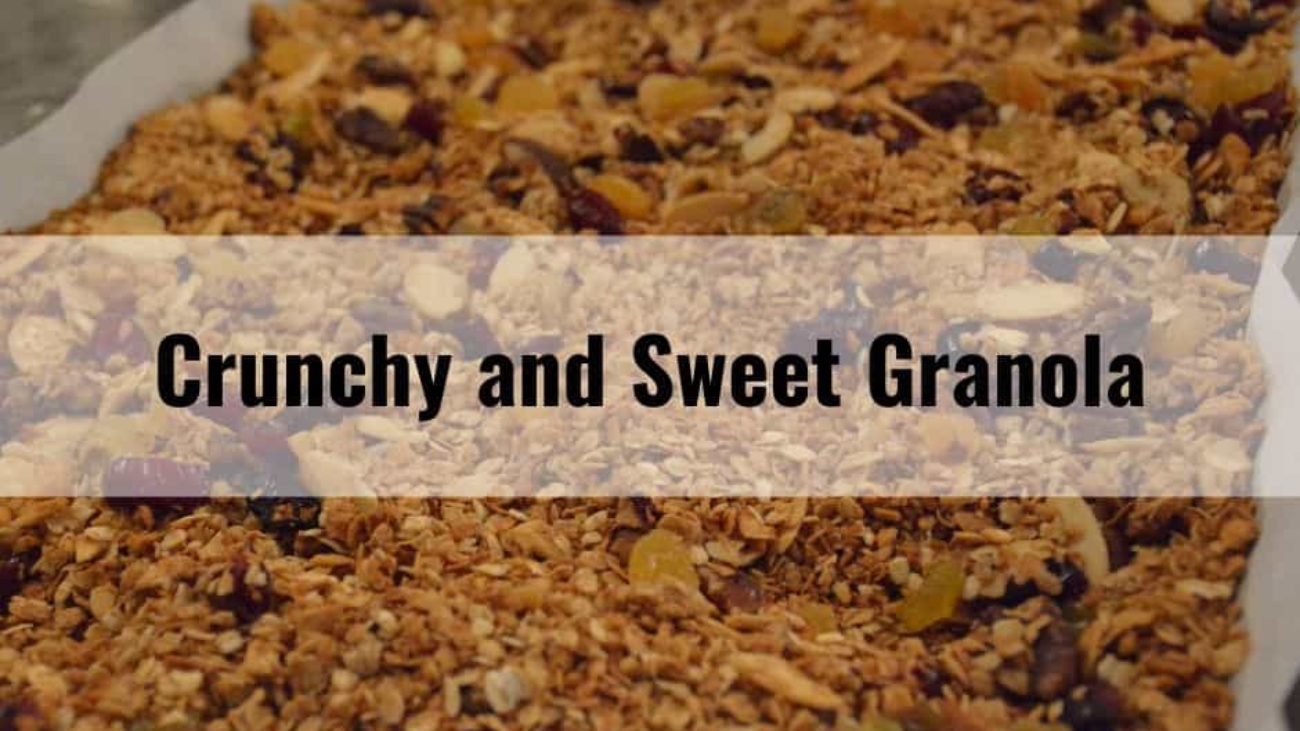
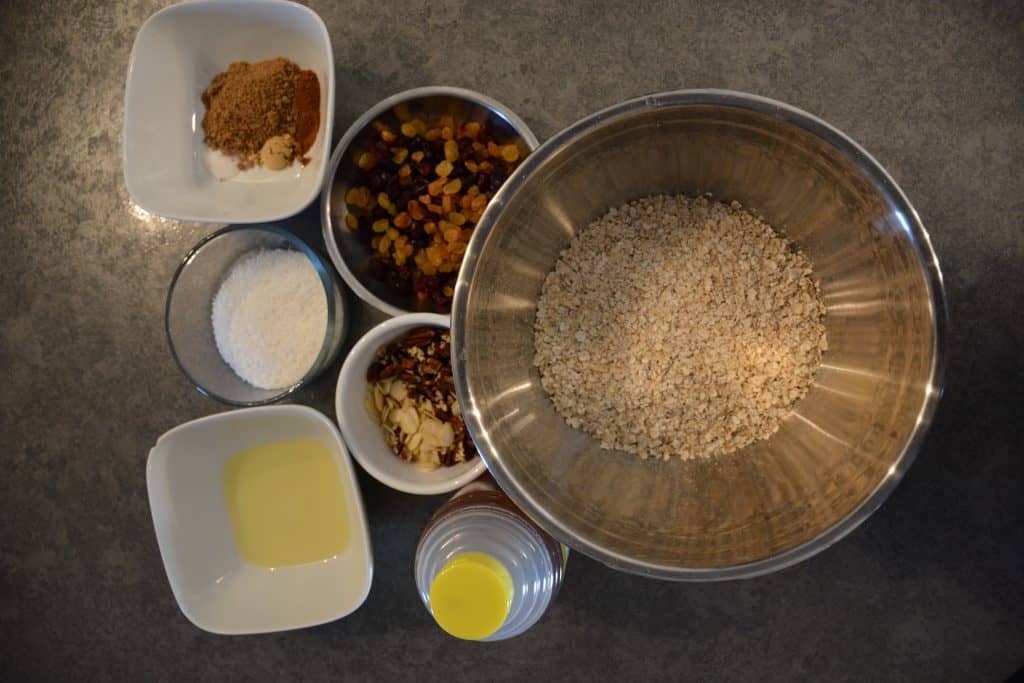
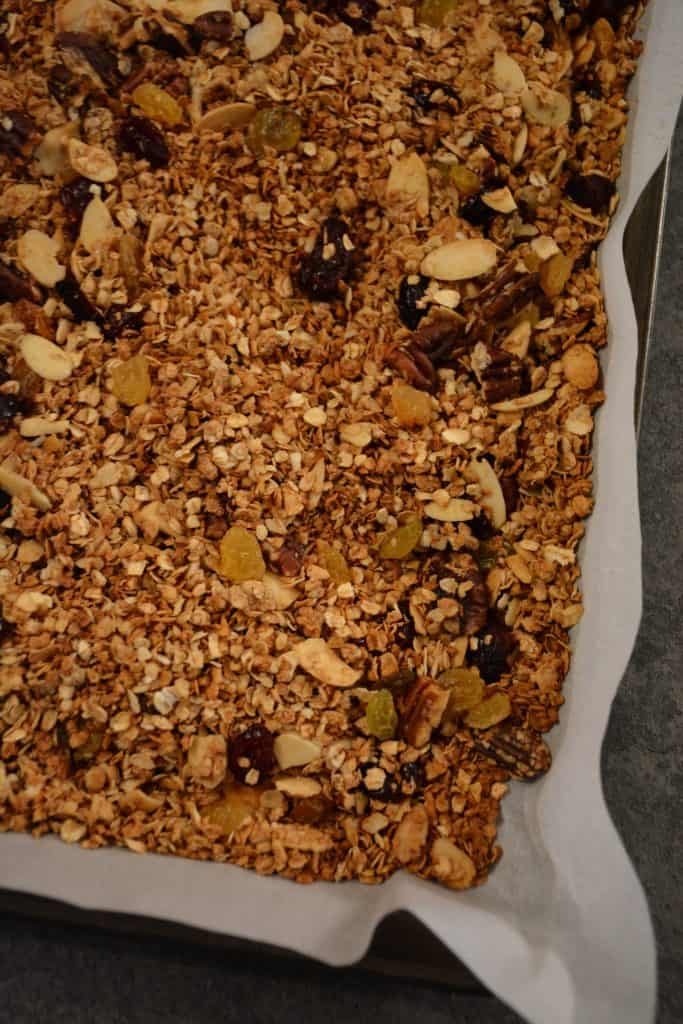
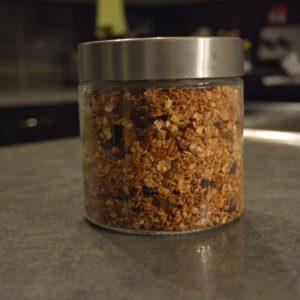


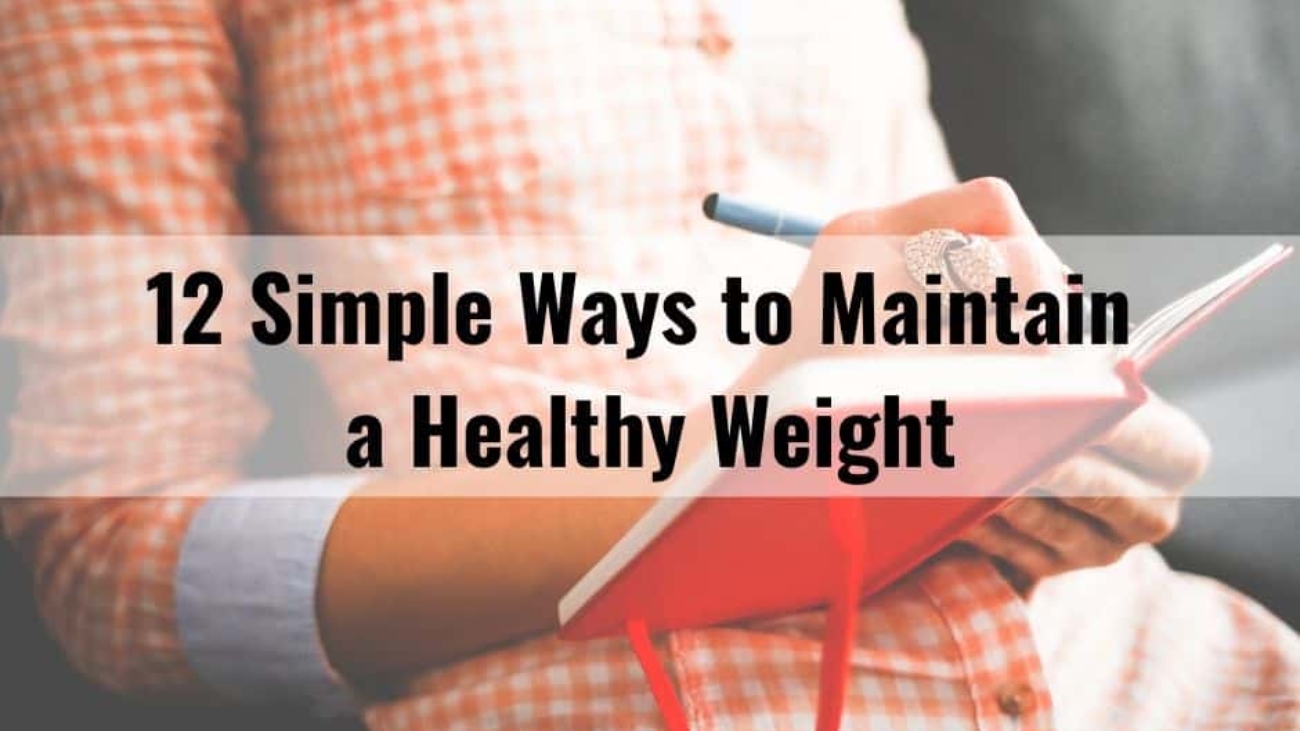
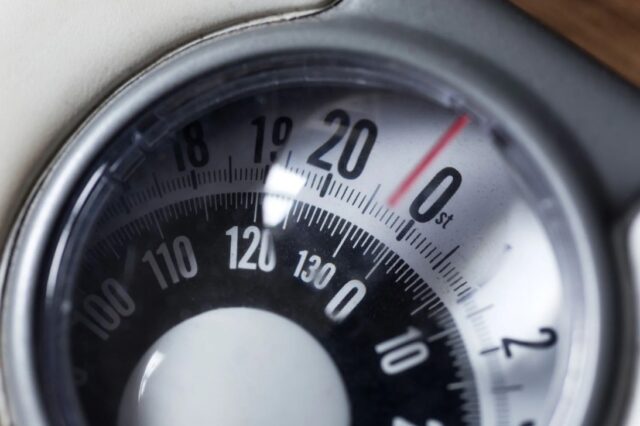
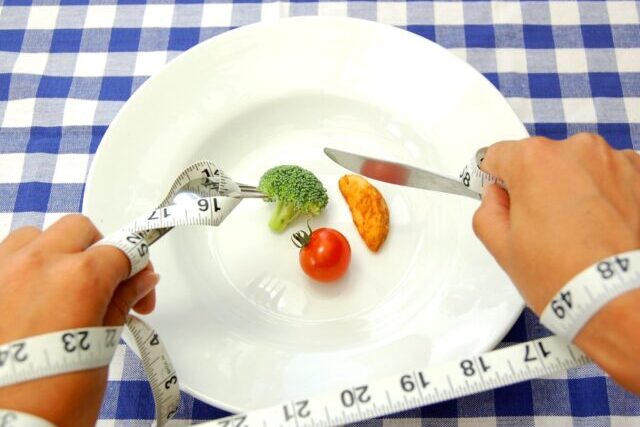
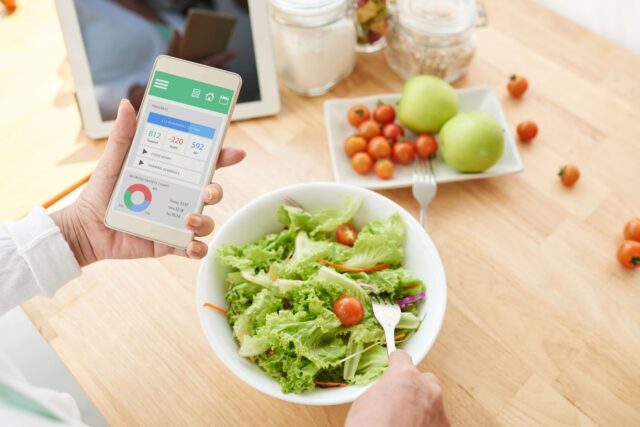


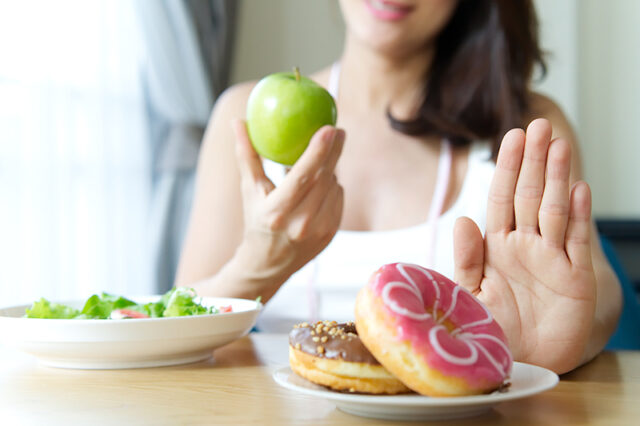



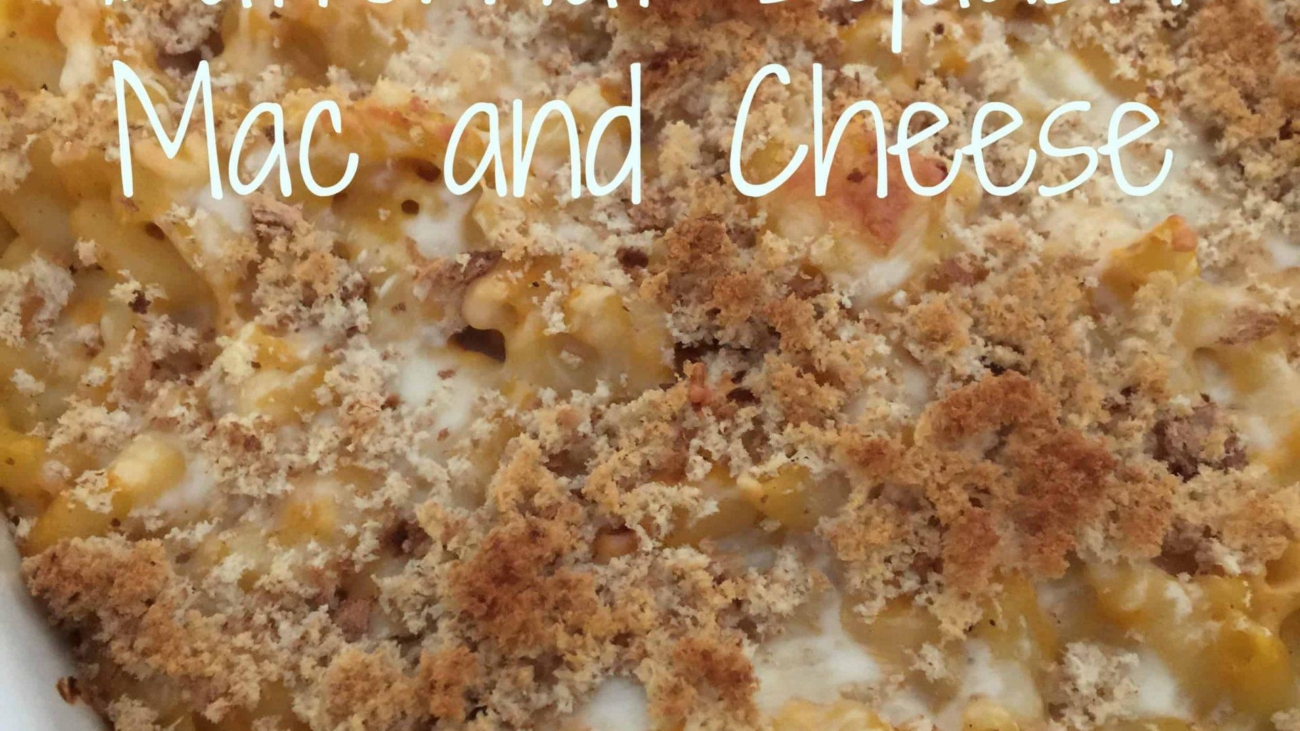
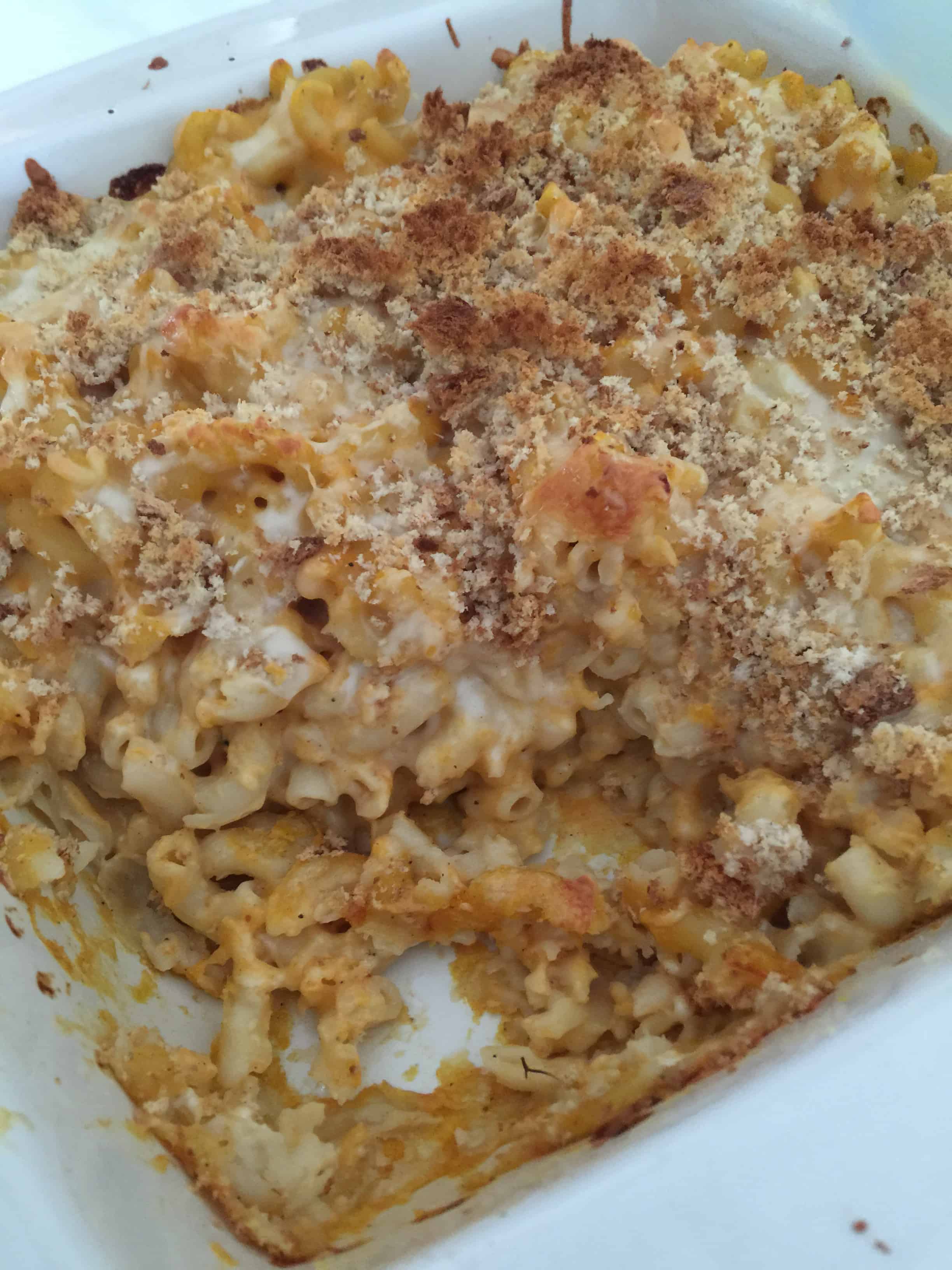 Since the butternut squash has been sitting in my fridge for about a week, it is time to cook it up. I have been trying few Mac and Cheese recipes (Tuna Mac and Cheese), but this recipe makes the most creamy, flavourful mac and cheese ever. I used mozzarella cheese as I would like to make this as a kid friendly recipe (reduce sodium content).
Since the butternut squash has been sitting in my fridge for about a week, it is time to cook it up. I have been trying few Mac and Cheese recipes (Tuna Mac and Cheese), but this recipe makes the most creamy, flavourful mac and cheese ever. I used mozzarella cheese as I would like to make this as a kid friendly recipe (reduce sodium content).
